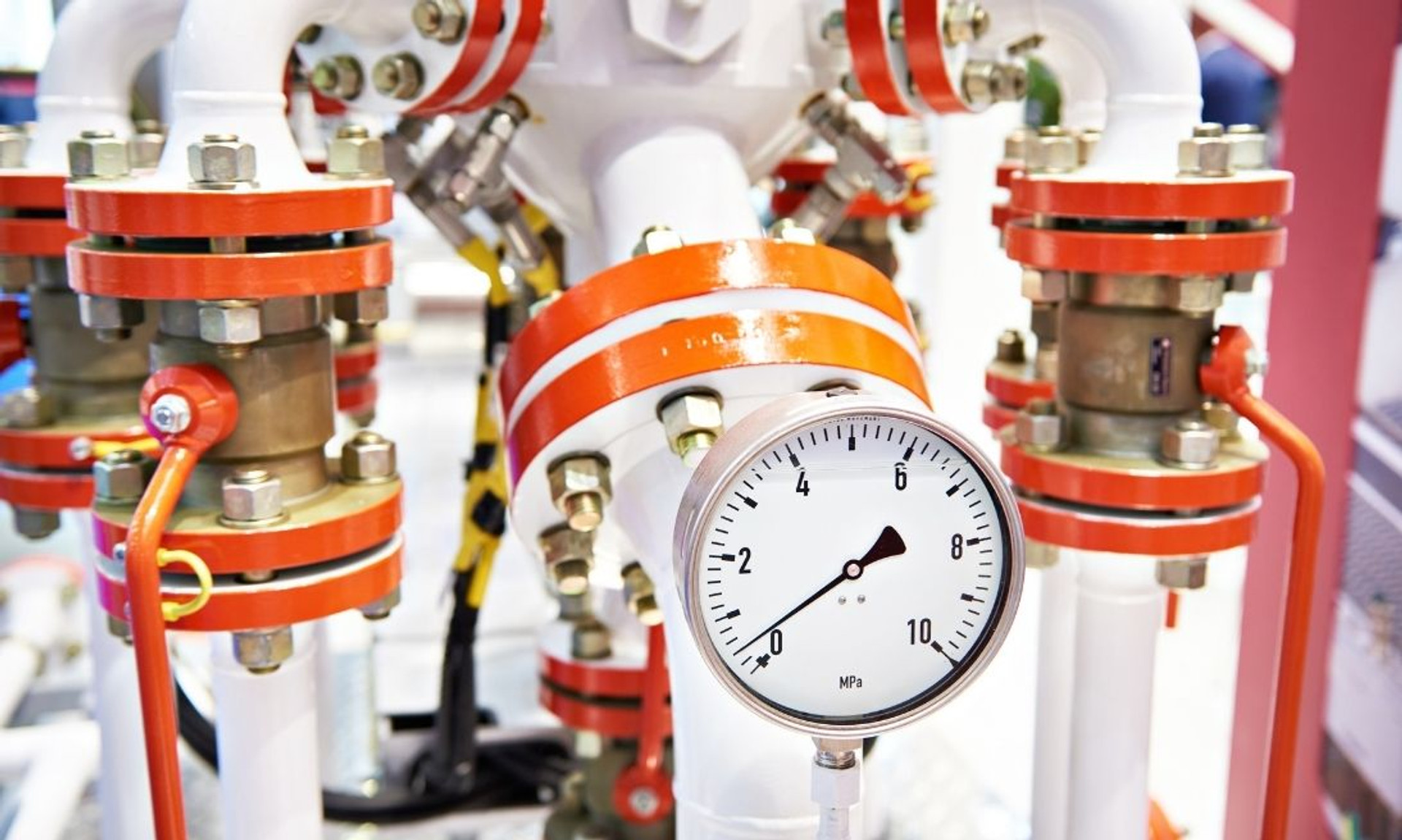How To Determine the Accuracy of a Calibration Gas Mixture
Many important tools and equipment rely on calibration gas mixtures for their ability to provide accurate measurements. This means the calibration gas must be procured accurately as well, creating a long chain reliant on the accuracy of specific types of measurements. Learn how to determine the accuracy of a calibration gas mixture by reading below.
Preparation Tolerance
Preparation tolerance, also known as blend tolerance, refers to the accuracy in which a manufacturer can match the needed values of the customer based on their means of gas manufacturing. This part of procuring a gas mixture involves aiming at a specific number and doing your best to hit it. However, you might not always hit it exactly. Some methods have made it easier to reach a specific measurement compared to others. Volumetric manufacturing vs. gravimetric manufacturing is an example of this. If the mixture’s value lands far from the value requested, the gas will be of poor quality, which could ruin the accuracy of the calibrated instrument’s performance.
Measurement Uncertainty
The tools used to measure the result of the gas mixture need to provide accurate readings as well. This is what measurement uncertainty refers to. Measurement uncertainty is affected by the type of measurements being made. For gas comparisons, the type of measurement needs to be the same. Gas measuring has two types: volumetric or gravimetric. Gravimetric refers to the measurement of what’s going into the gas cylinder. There’s also analysis-based measurement to consider. This measurement requires a gas analyzer and other reference gas mixtures. The analyzer, reference gas qualities, lab operator skill, and accreditation of the process can all affect the gas mixture’s quality. Typically, gravimetric measured mixtures that are analyzed with an accredited process are the highest quality gas mixtures.
Non-Refillable and High-Pressure Cylinder Gas Accuracy
When it comes to how to determine the accuracy of a calibration gas mixture, we also need to look at accuracy in non-refillable cylinders (NRC) and High-Pressure Cylinders. NRCs state an accuracy that is a composite of the preparation tolerance and measurement uncertainty mentioned above. NRCs don’t have a direct measurement to compare to because they are filled from a larger cylinder. Without a direct measurement, the best total accuracy in an NRC is plus or minus two percent.
The accuracy in a High-Pressure Cylinder, which is a refillable cylinder, is defined much clearer. When it comes to the measurement uncertainty, there are four classes. Certified Gravimetric Standards are everyday working standards that are used for calibrating laboratory readers and safety devices. Reference Gravimetric Standards use high-precision balances to achieve a better level of accuracy. Analytical standards are used if the application requires analytical data on reference materials. Accredited Analytical Standards provide the highest quality measurement data with the lowest uncertainty.
Mesa Gas procures products using the highest calibration gas standards. Mesa Gas offers a complete line of petrochemical and refinery calibration gas standards from a single source, saving you time and money.

